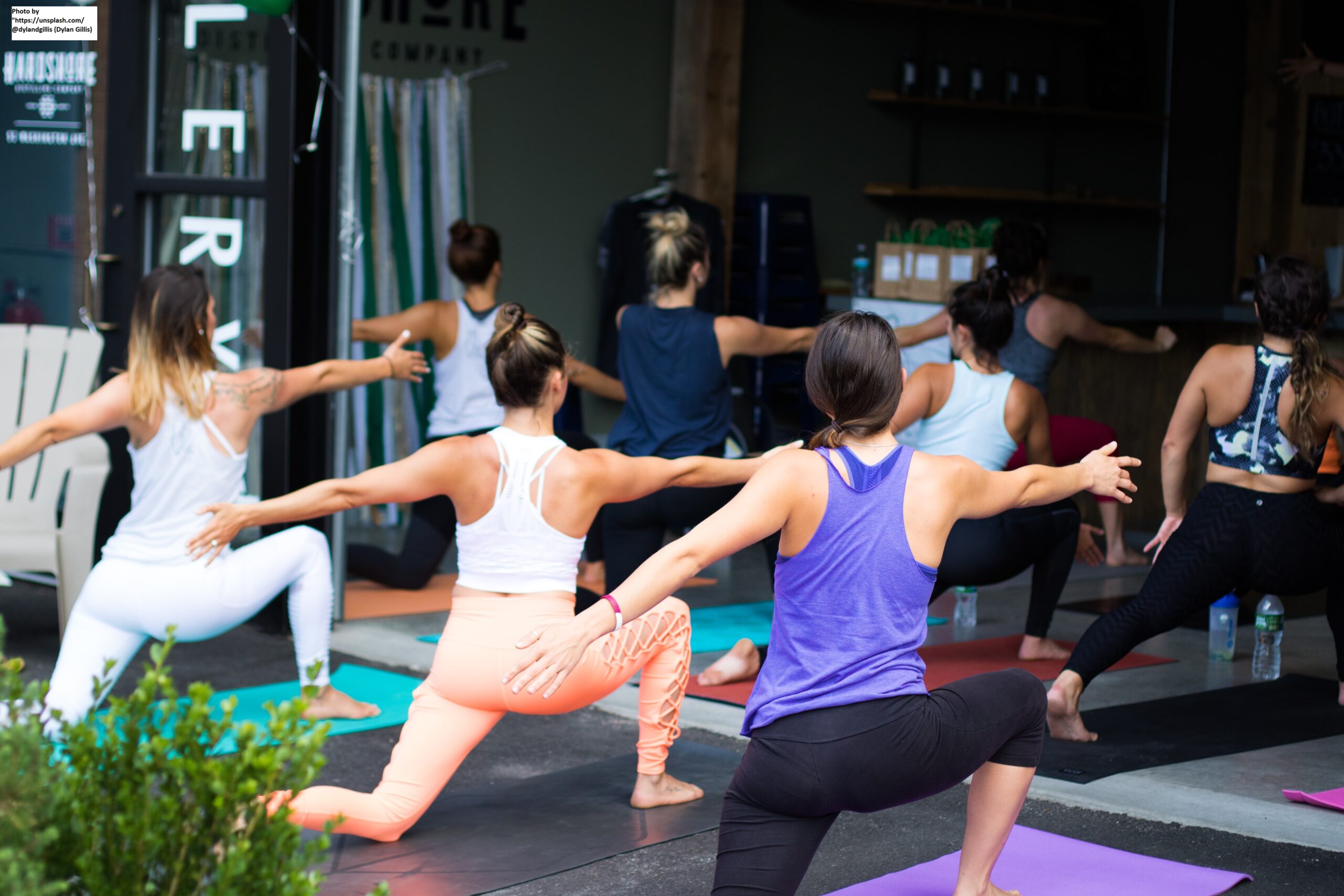School of Yoga explains health and Yoga therapy
Yoga Therapy and health weave with each other. Yoga therapy is a simple way of harnessing natures healing powers to increase physical and psychological health.
Health and Yoga therapy features
- Yoga therapy is a simple way to stay healthy. It requires no investment and can be done by anyone at any age.
- The rules of staying healthy are simple and time-tested. It only requires application of common sense.
- Yoga therapy consists of 5 components – āsana (posture), prāṇāyāma (breathing), dhyāna (meditation), mitāhara (diet control) and nidrā (adequate sleep).
- A healthy person may practice all the recommended exercises. This will prevent illness.
- A person recovering from illness or post-operative care will need to start in small steps and increase the practice as advised by the doctor.
What are the important principles of Yoga Therapy?
Regularity of practice.
- The biggest impediment to practice of Yoga therapy is laziness.
- Nature has made everyone equal; it has given us 24 hours. But, the ability to use of this time effectively determines how health is maximised.
- Assuming that we sleep for 7 hours, spend 2 hours getting ready and 2 hours for meals, an investment of 30 minutes for āsana and 30 minutes for prāṇāyāma and meditation (dhyāna) would allow us to keep up a healthy life and leave 12 hours for other activity.
Best time to practice āsana
There are two options, morning and evening. Āsanas performed in the evening are less grueling, as the body has undergone the rigors of the day and is already pliable. However, in the evening, the emotional and intellectual energies are run down which results in lower awareness during exercises. Also, very often, not enough time has elapsed since the last meal. Yogāsanas (exercises) induce peristalsis, forcing undigested food though the intestines, reducing absorption of nutrients. In certain cases, where the meal has been heavy, or the gap less than four hours, resistance from a full stomach could induce stomach cramps.
Āsanas activate specific areas of the body by directing blood flow to the area, when the āsanas are performed resulting in rejuvenation of the focus area. When āsanas are performed in the morning, there is actually an increase in energy levels due to the optimisation of various body systems. However, the mind and body are rested, but stiff after sleep, in the morning. Āsanas can be painful when starting but with exercising, the organs fire up, loosen and begin flexing. The stomach and intestines are empty and offer no resistance to bending and stretching actions. A vigorous peristalsis action actually assists in evacuation of waste matter from the outer colon and rectum.
Exercises be done in the morning are recommended, though schedules may force people to exercise in the evening. However, it is most important that the same time be maintained every day. This ensures that the system gets acclimatized to a routine and overcomes lethargy.
It is also important to recognise the difference between āsana and kriyā. Āsana is a static pose, while kriyā is a dynamic or activity pose, like nauli and sūryanamaskāra. Both yield different benefits, and both need to be practiced.
The exercise environment.
All forms of exercises give us an opportunity to increase the oxygen content in the body, remove toxins and stress and harmonise with the environment, thereby increasing one’s awareness of the environment (prajñā). Therefore, a tranquil and peaceful environment is very important when exercising. Therefore, it is recommended that the exercise be performed in any place that has plenty of fresh air and quiet.
Clothes.
Wear clothes that allow stretching and do not run or fall when lifting or bending. Clothes should breathe and absorb sweat. Men are advised to wear athletic supporters. Both men and women should wear well-fitting innerwear to prevent injury during exercise. If one prefers going to classes for the sake of regularity and discipline, it is advisable that one wears appropriate clothing.
Diet (mitāhara).

There is truth in the saying that we are what we eat. Diet is absolutely vital to realise the full potential of exercises. Eating the right food ensures absorption of essential ingredients, health and correct awareness in any situation.
It is important to start exercises after a lapse of at least 4 hours after consumption of solid food, 1 hour after consumption of liquid food such as milk or juice and 20 minutes after drinking water.
The reason for this recommendation is that food takes roughly 4-6 hours to move completely out of the digestive system. The process of digestion begins with chewing of food and finishes with the absorption of nutrients in small intestine. Vigorous exercise induces peristalsis or pulsing of the intestine, which results in the food hurrying through the intestine without nutrients getting completely absorbed. Also, the presence of food in the digestive system increases resistance to bending and stretching of the torso. This acts in various planes, from stopping the full movement of the diaphragm thereby impeding full ingestion of air to inducement of sprains and cramps when the torso is stretched/bent.
Homeostasis.
Homeostasis, may be defined as the tendency of the body to stay in equilibrium when all the interdependent elements are functioning normally. This means that when all the organs are functioning in the correct manner and the body is healthy. The indication that the body is in homeostasis can be seen when body parameters like body temperature, blood pressure etc., are operating in their set limits. Disturbance in these parameters is indicative of an imbalance within the body. The body then takes compensatory action to return to equilibrium and this manifests as fever etc.
Yoga Therapy is great for building this reservoir so that homeostasis is recovered quickly when there is any illness.
When performing yogāsana, it is important to try and stay close to the condition of homeostasis. The reason is that the muscles and internal organs should not experience stress during exercise to maximise blood flow and movement of the tissue resulting in rejuvenation of the area.
Sleep and health.
This aspect is one of the most important factors which affects health. No one really knows how much sleep is adequate for an individual. The amount of sleep required varies for each individual. It could also vary depending on the gender, age, profession, expectation to achievement, stage in life and health.
- For a normal person, this could vary between 6 and 9 hours. For children, this could be more.
- Not only is the number of hours important, the time of day is also important as it affects the circadian rhythm.
- Quality of sleep is also affected by body temperature, clothes worn, diet, water intake and mental state when going to bed.
Share your opinion and experiences;
- Do you exercise? What is your exercise routine?
- When do you prefer to exercise? morning or evening? why?
- Do you exercise alone or in a group? What are the advantages and disadvantages?
- Do you wear any special clothing for exercise? why?
- What is your diet? How do you manage your diet?
- How do you manage time?



